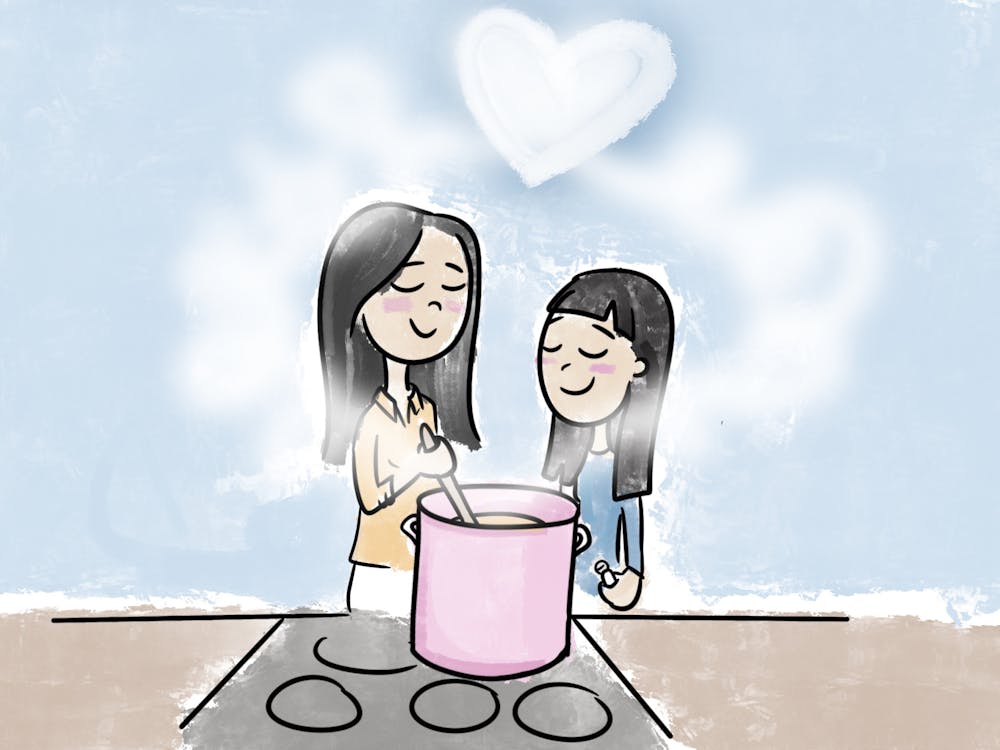For many reasons, I am not comfortable with the idea that reducing the stigma behind mental health starts with equating mental illness with physical illness.
All illnesses, whether mental and physical, fall somewhere along a spectrum in terms of both severity and treatability. For example, though food allergies and type one diabetes are both physical illnesses, they carry completely different repercussions. Even within the context of a specific illness itself, the circumstances and prognoses can vary — allergy symptoms could require a Benadryl or an emergency room visit, and diabetes could require an easy lifestyle adjustment or prove much more difficult to deal with.
Blurring the lines between the mental and the physical assumes that all illnesses can be examined from a one-dimensional perspective. As is the case with physical illness, the label of a particular mental illness does not reveal the full story of the person suffering.
Unlike physical illnesses, mental illnesses do not encompass as wide of a range of terminology, at least not to the extent that the general public is aware. Hay fever and anaphylaxis are arguably just as different as exam jitters and life-threatening panic attacks, yet because of the specific medical definitions used to distinguish the former two, it is easier for people to grasp the varying levels of “allergies” than it is to understand the complexity of the phenomenon of “anxiety.”
In addition, physical illnesses have an inherent advantage over mental illnesses in terms of soliciting empathy—all people are equipped with the same organs and body parts, more or less. If a person were to complain about a broken finger, it would not be too difficult for another person to imagine what it would feel like if one of their fingers were broken. Because mental illnesses do not manifest themselves in a concrete, identifiable region within people’s bodies, there is no easy way for people to place themselves into a mentally ill person’s shoes.
The limitations of explaining mental illness have led to a drastic oversimplification of mental health. I have noticed a blatant dichotomy in society’s perception of mental illness; either people are seen as so mentally ill that they are incapable of being a functioning member of society, or they are assumed to be completely normal and in no need of psychological attention.
In reality, mental health concerns affect many people, and to varying degrees. Just as a person with a localized cooking burn would need different treatment from someone who had just been rescued from a house fire, people suffering from different intensities of mental illness should be recognized as such. While some sufferers of mental health problems can make themselves feel better with a hot shower and a long walk, others with seemingly similar symptoms might need years of counseling and a series of different prescription regimens just to be able to operate normally.
The stigmatization of mental health would likely be lessened if we were to draw clear lines between cases of abnormal fluctuations of mood and stress — generally cases that fall under the radar, cases where mental disorders are prolonged, continual and crippling — and cases that fall somewhere in between. This way, more people would realize that the discussion of mental health should not just be reserved for those with incapacitating, visibly noticeable illnesses.
Comprehensively classifying mental health problems would also help people assess the appropriate way to react to someone’s explanation of their mental health state, no matter the severity of the problem. There would no longer be the worry of “not feeling ill enough” to draw attention to one’s mental health. Others would have less ambiguity as to how a person is truly feeling, which would hopefully result in the proper allocation of mental health resources catered to the appropriate groups of people.





